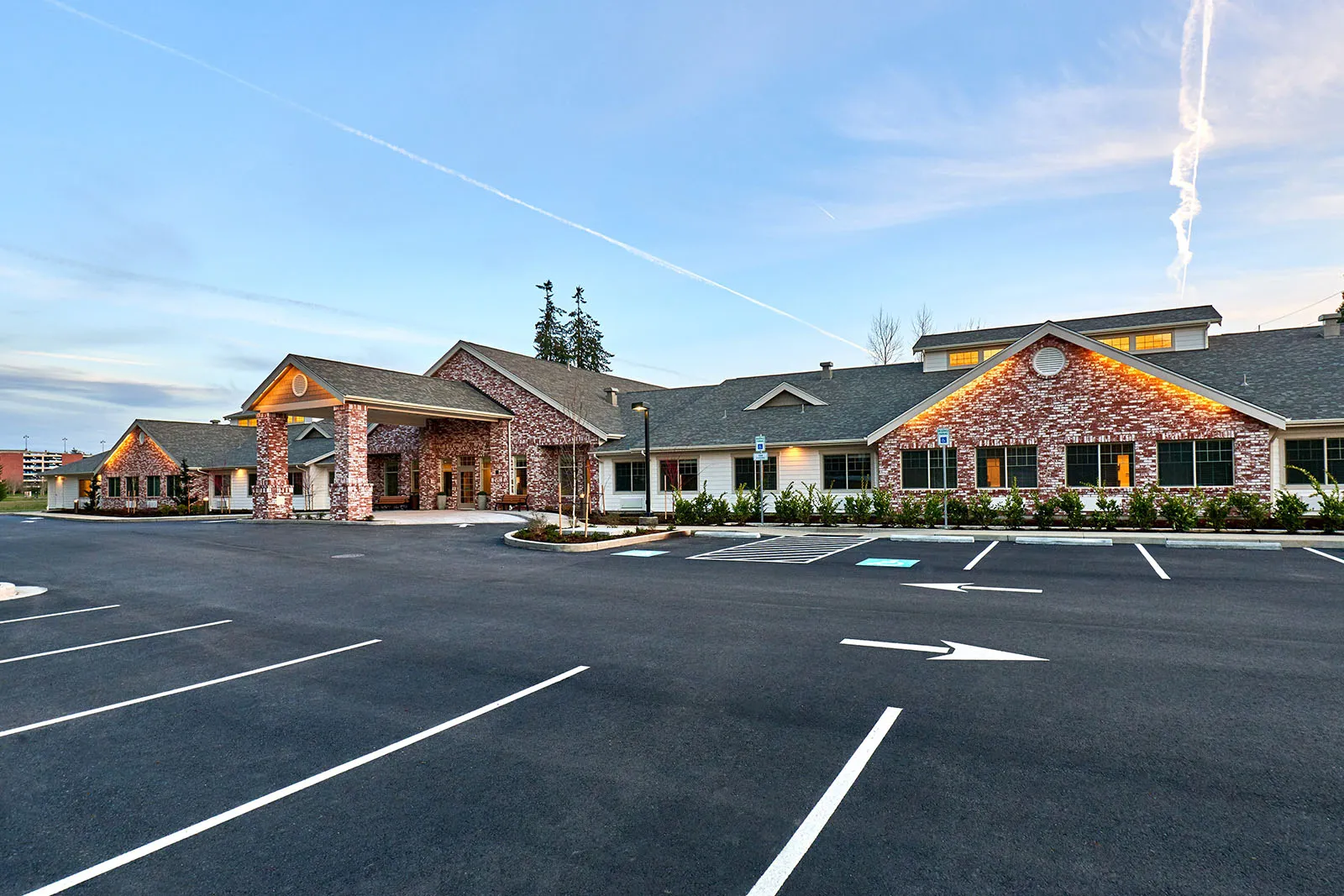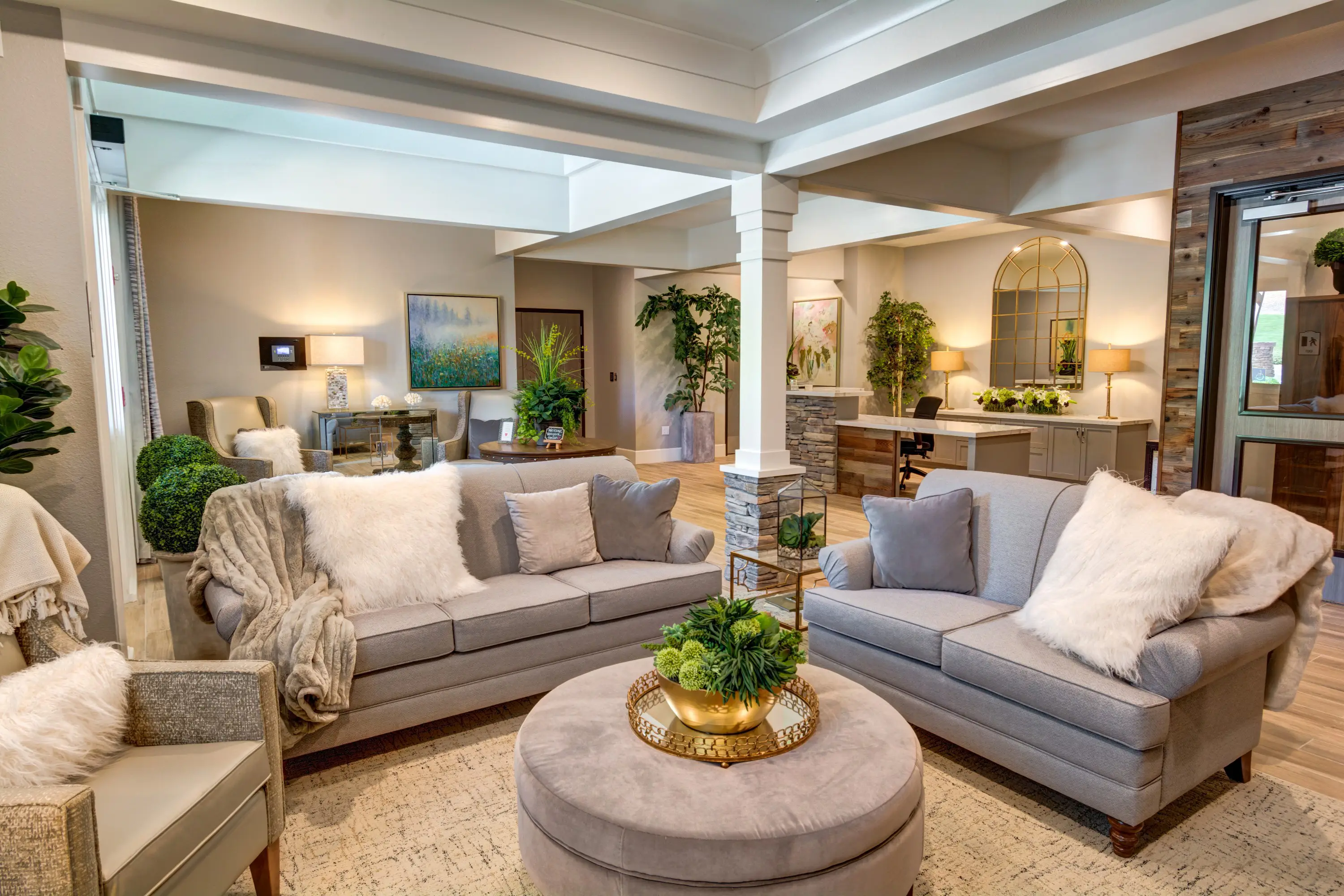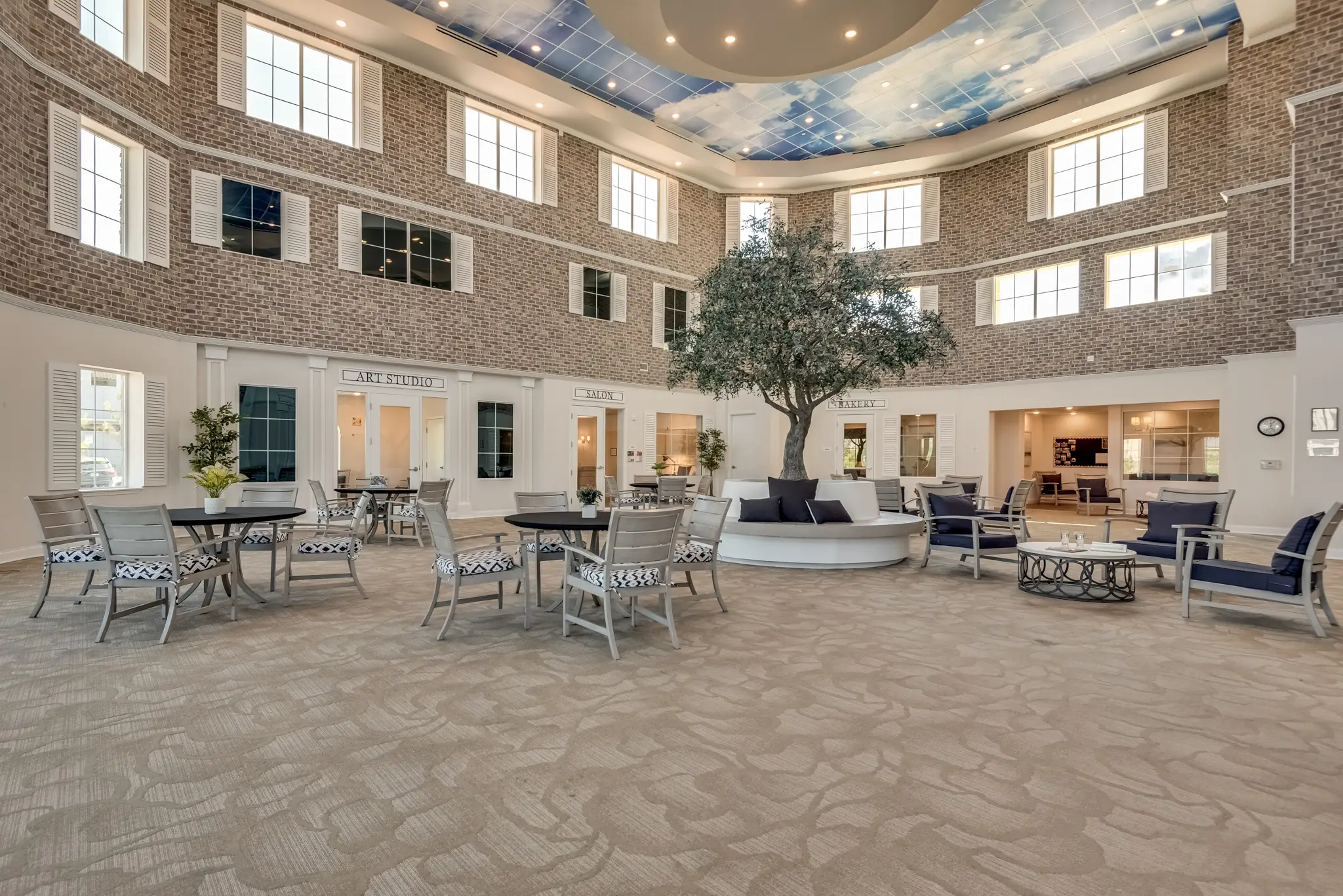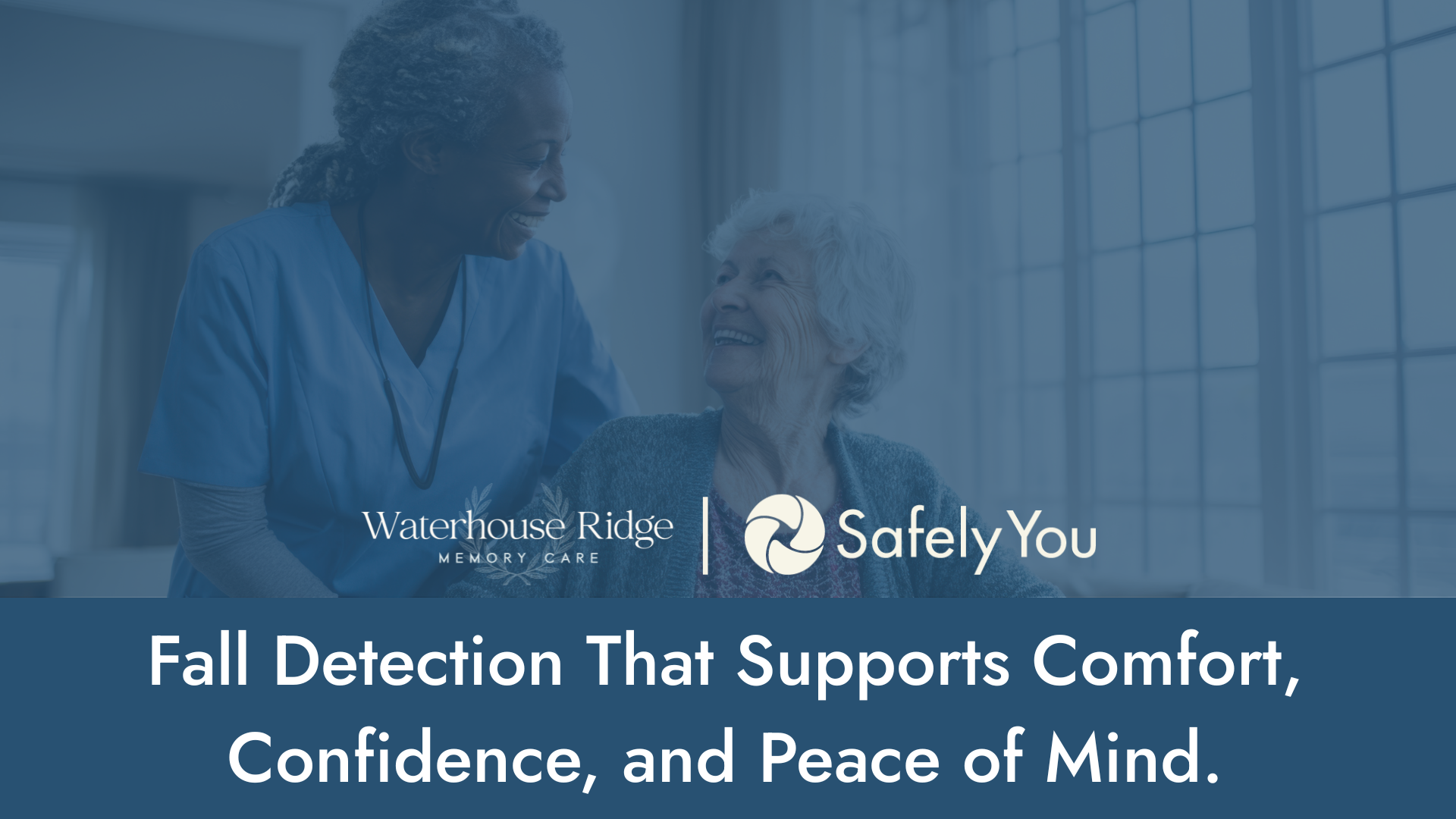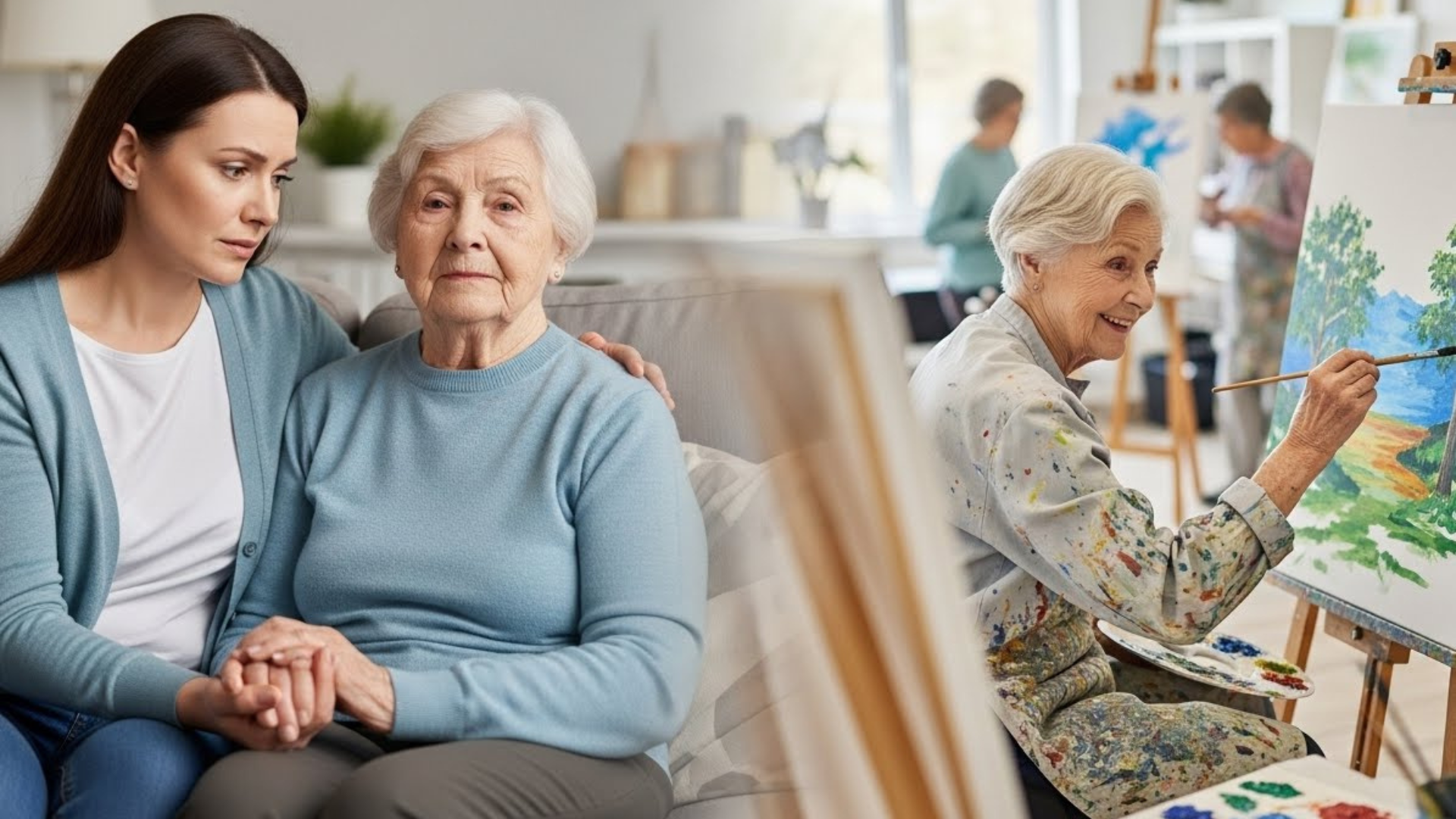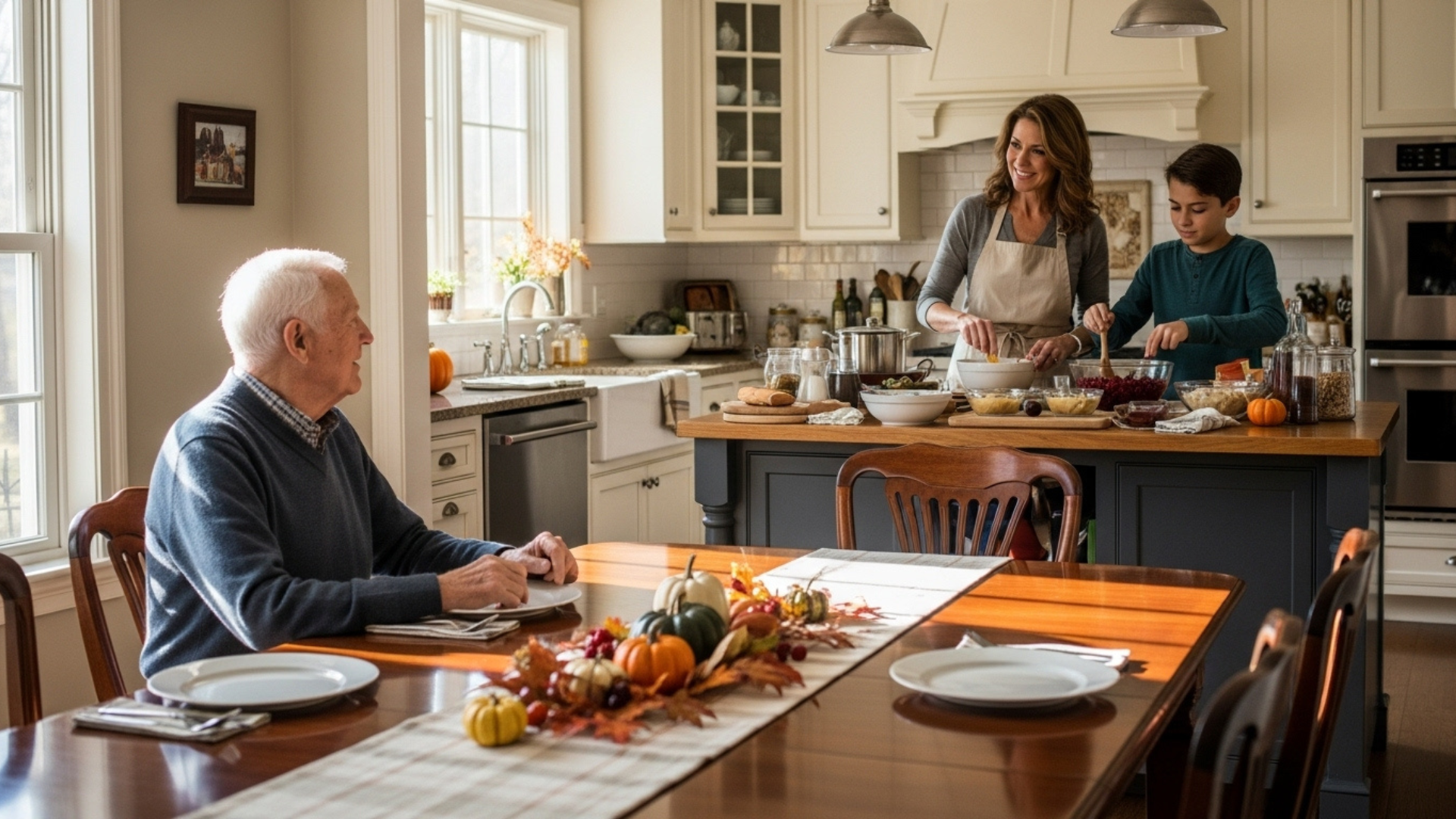The Connection Between Seniors and Seasonal Affective Disorder
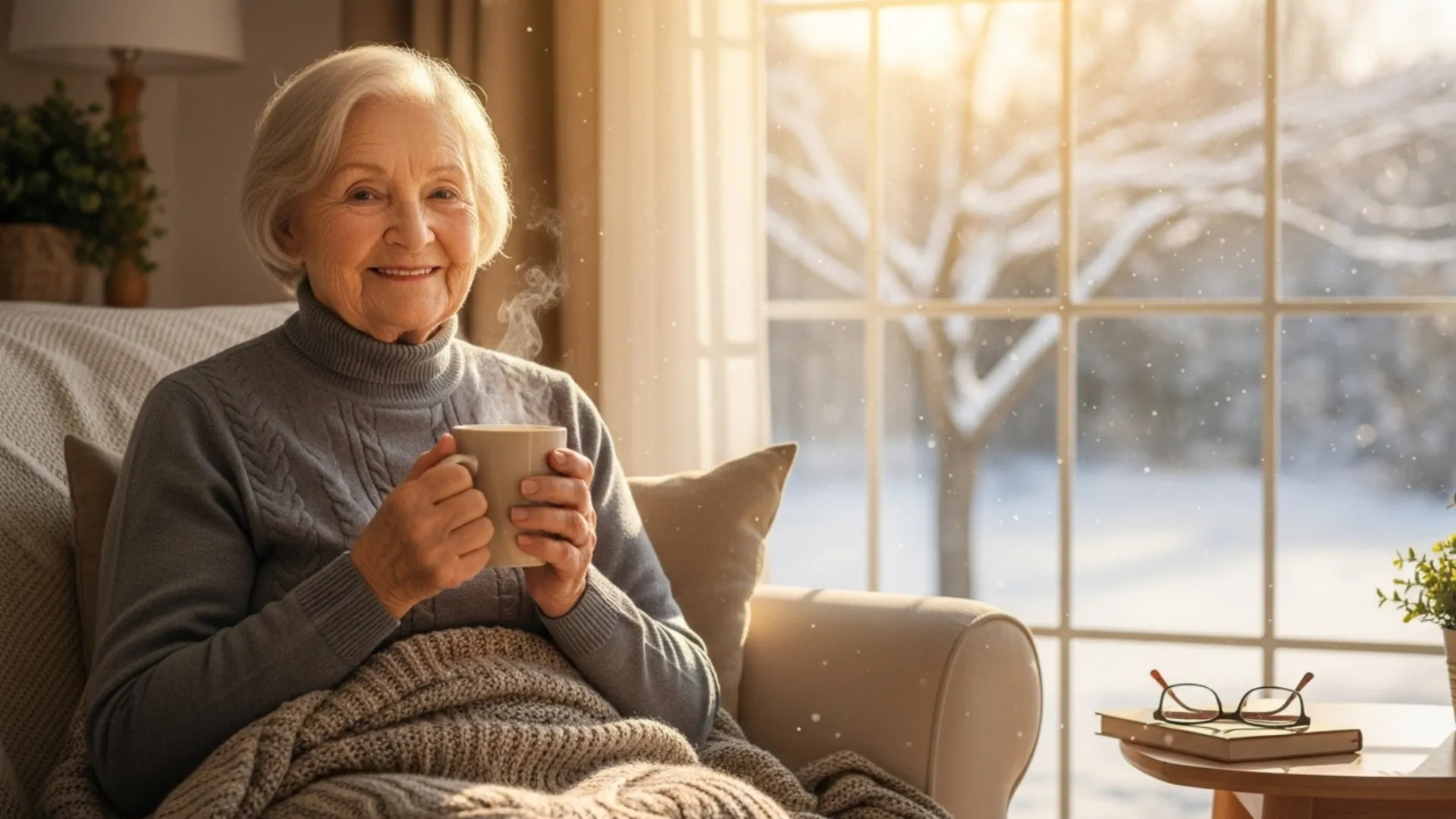
As the seasons change, many seniors may experience a condition known as Seasonal Affective Disorder (SAD). Understanding this disorder and its effects is crucial for ensuring the well-being of our elderly loved ones during the colder months.
What is Seasonal Affective Disorder?
Seasonal Affective Disorder is a type of depression that typically occurs during the fall and winter months when daylight hours are shorter. It is thought to be related to changes in light exposure, which can disrupt the body's internal clock and lead to imbalances in hormones such as serotonin and melatonin. While SAD can affect anyone, seniors are particularly vulnerable due to factors like decreased mobility, social isolation, and pre-existing health conditions. Seniors with existing health conditions, such as arthritis or chronic pain, may face intensified symptoms of Seasonal Affective Disorder (SAD), as they have a 15% higher likelihood of experiencing severe depressive symptoms during the fall and winter months, according to the American Psychological Association.
5 Signs of SAD in Seniors
Recognizing the signs of SAD is essential for early intervention. Here are five common symptoms to watch for:
- Persistent Low Mood: Seniors may experience feelings of sadness or hopelessness that last for most of the day.
- Increased Fatigue: A noticeable decline in energy levels or a tendency to oversleep can indicate SAD.
- Social Withdrawal: Seniors may become less interested in social activities, preferring to isolate themselves.
- Changes in Appetite: Some may experience increased cravings for carbohydrates or changes in eating habits, leading to weight fluctuations.
- Difficulty Concentrating: Cognitive functions such as memory and focus may decline, making everyday tasks more challenging.
5 Holistic Therapies to Promote Physical and Mental Health
- Nutritional Therapy: Our culinary team focuses on holistic nutrition, providing meals rich in vitamin D and other essential nutrients. We emphasize whole foods, including seasonal fruits and vegetables, to support both physical health and emotional well-being.
- Essential Oil Therapy: Using calming essential oils like lavender, chamomile, or bergamot can help reduce anxiety and promote relaxation. Diffusing these oils or incorporating them into massage therapy can enhance mood and create a soothing environment.
- Social Connection Opportunities: We provide a range of stimulating indoor games that encourage social interaction and mental engagement, keeping residents connected and active.
- Art and Music Therapy: Engaging in creative activities like painting, crafting, or music sessions can foster social connections and boost mood. These therapeutic activities provide an outlet for expression and help reduce feelings of isolation during the colder months.
- Mindfulness and Meditation: Guided mindfulness sessions and meditation can help seniors manage stress and improve emotional well-being. These practices encourage relaxation and can enhance mental clarity, making them ideal for coping with seasonal changes.
At ONELIFE Senior Living, we understand that Fall Season can be challenging for seniors. That's why our trained care partners are dedicated to providing the support and resources needed for our residents to not just cope, but truly thrive. To learn more about our approach to seasonal transitions, contact us today!
Learn more about our ONELIFE Senior Communities: Our Communities | ONELIFE Senior Living
Contact us
learn more about our
community

More Articles & Resources
EXPLORE THE ONELIFE COMMUNITIES









